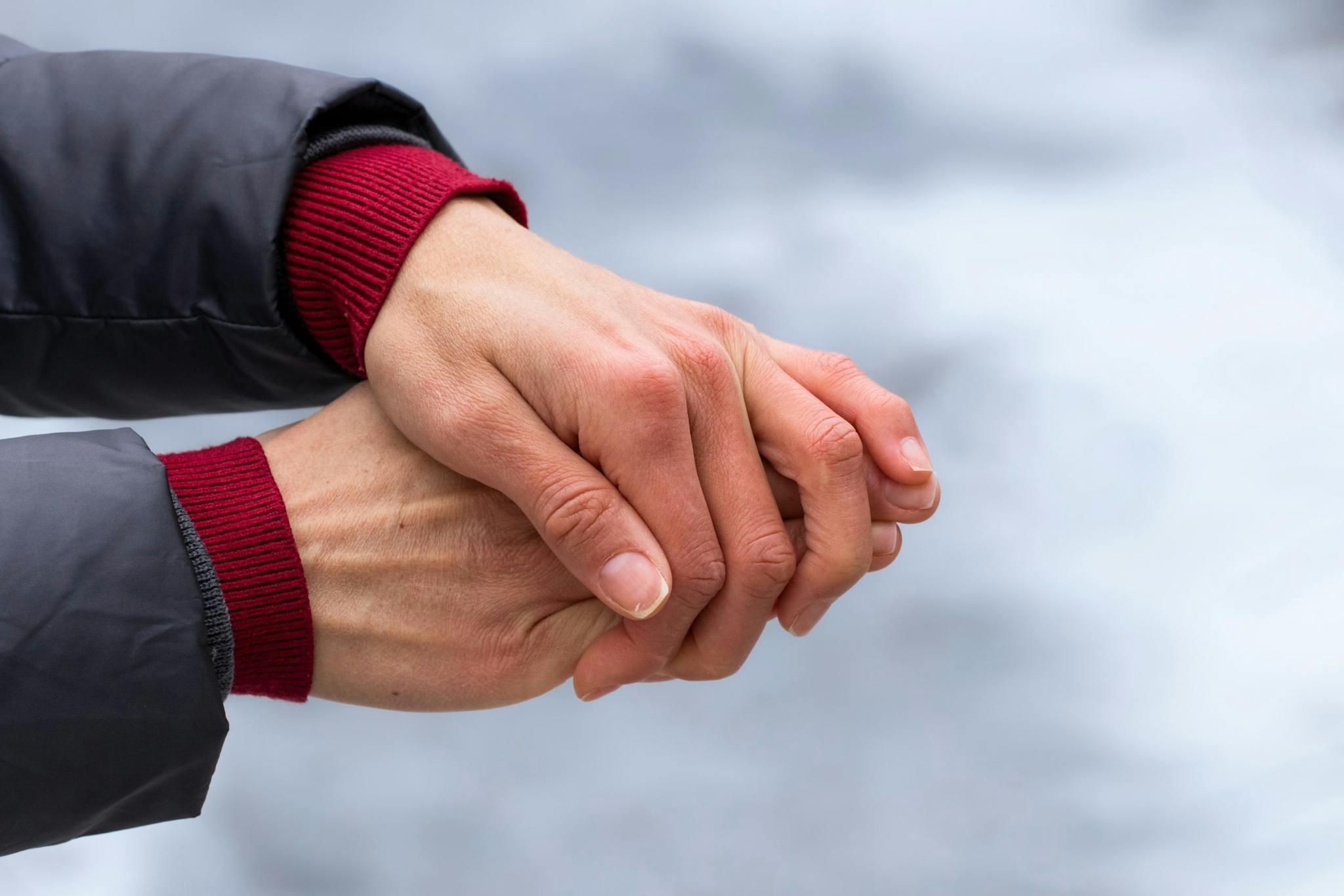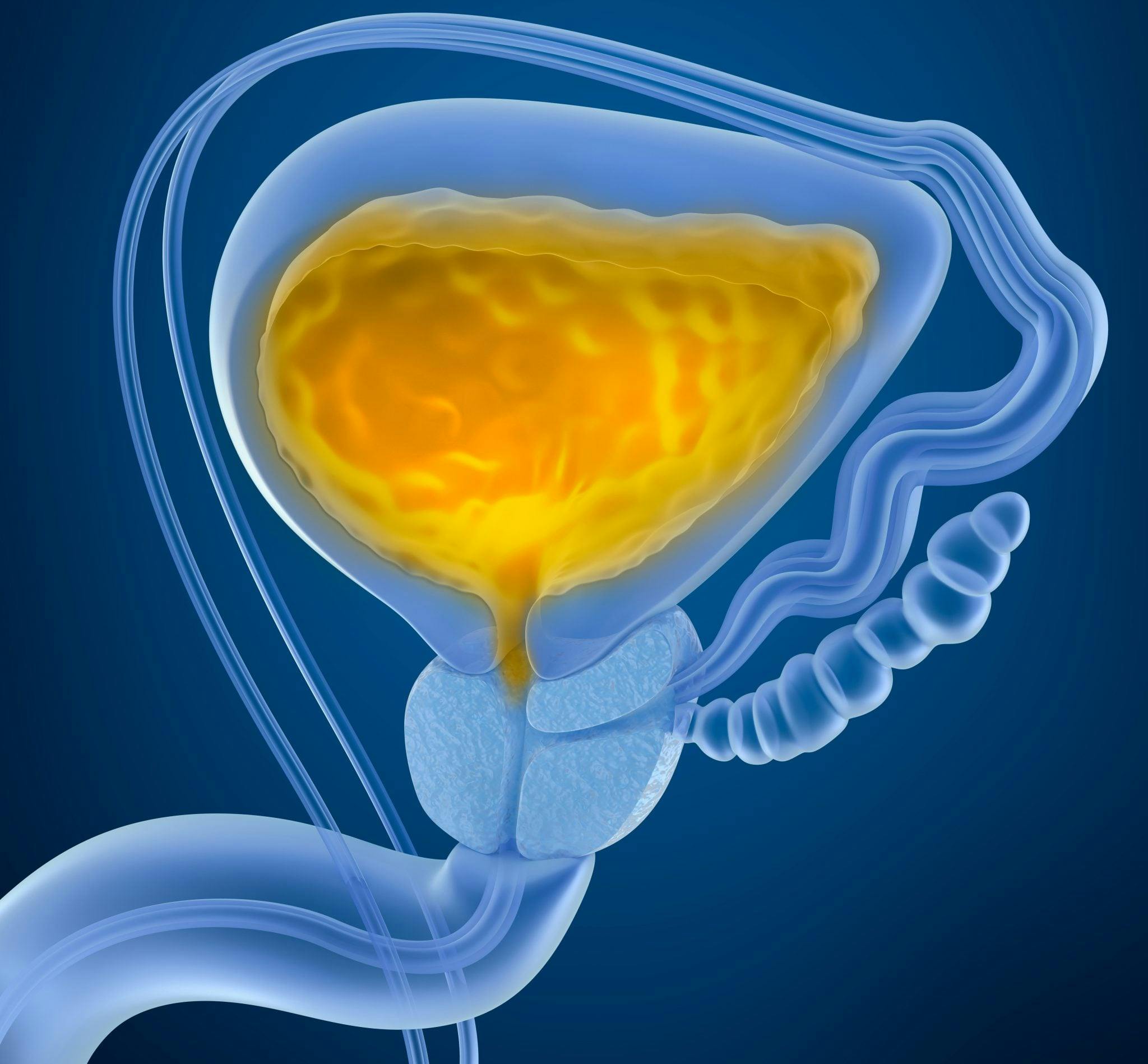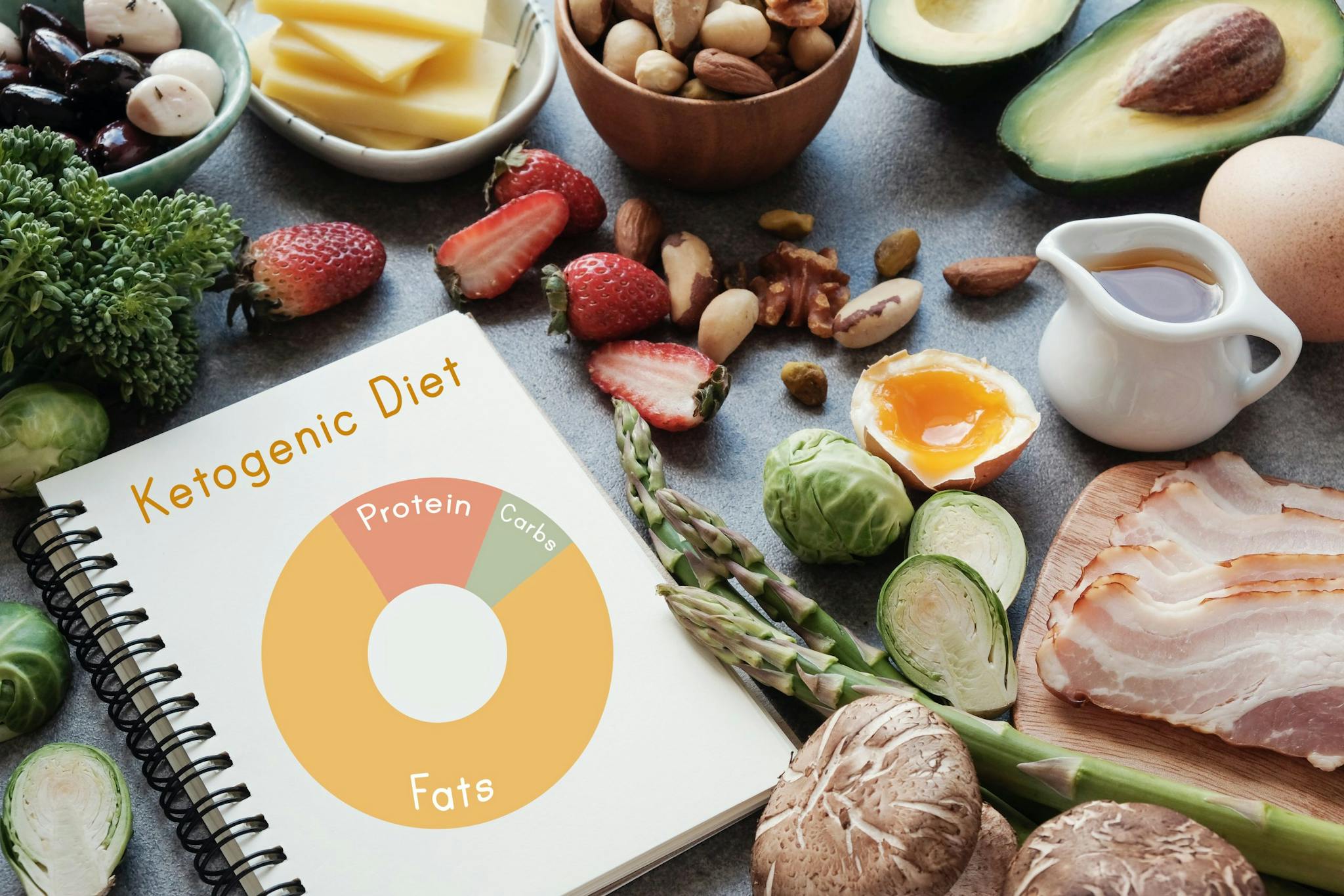The bladder controls many of our urinary functions, so problems with the bladder can cause problems with urination. One such problem is called overactive bladder, a condition that causes the sudden urge to urinate.
The urge is often very difficult to stop, and it can lead to involuntary urine loss (also called urge incontinence). Overactive bladder can lead to embarrassment and other complications, but there are also strategies you can take to combat overactive bladder.
Symptoms and Complications
Overactive bladder can cause the following symptoms:
- A sudden, hard-to-control urge to urinate
- Urge incontinence: The involuntary loss of urine
- Frequent urination: At least eight times in 24 hours
- Nocturia: Awakening two or more times during the night to urinate
If these symptoms reach a point where they disrupt your everyday life, speak to your doctor about treatment options. Complications for overactive bladder include:
- Anxiety, depression or emotional distress
- Sleep issues and interrupted cycles
- Difficulty with intimacy
- Mixed incontinence: A condition in some women where urge incontinence is accompanied by stress incontinence—the loss of urine when you exert stress or pressure on the bladder during physical activity
- Combination issues: In some older people, a combination of bladder storage problems and bladder emptying issues may be present. For example, urgency and incontinence will be present, but the bladder won’t empty well. Speak to your doctor about treatments
Causes
Overactive bladder involves muscles in the bladder contracting involuntarily, even when urine in the bladder is low. There are several possible causes of these contractions:
- Neurological disorders: Stroke or multiple sclerosis
- Diabetes
- Medications that require increased fluid consumption or cause an increase in urine production
- Urinary tract infections
- Tumors or bladder stones
- Enlarged prostate, constipation, previous operations or other factors that obstruct bladder outflow
- Heavy use of alcohol or caffeine
- Declined cognitive function with aging
- Trouble walking (leads to bladder urgency if you’re unable to get to the bathroom quickly)
- Incomplete bladder emptying
Factors that increase your risk for overactive bladder include age and cognitive decline, which makes it harder for the bladder to understand signals from the brain.
Treatment
There are several strategies to help prevent overactive bladder, and for some people, using a combination is most effective. Some of these strategies include:
- Behavioral interventions: Often the first step in treatment, these are habits and lifestyle changes you can make to help manage symptoms. They carry no side effects and include things like pelvic floor muscle exercises, maintaining a healthy weight, scheduled toilet trips, catheterization, absorbent pads and bladder training.
- Medications: Medications to relax the bladder are often helpful for both overactive bladder and urge incontinence episodes. There are several options available. Discuss these options and any possible side effects with your doctor.
- Bladder injections: Botox injections are typically used for facial rejuvenation, but they can also be used in small doses for severe urge incontinence. Small doses are injected directly into bladder tissues and partially paralyze muscles.
- Nerve stimulation: A procedure using a thin wire placed close to a bladder nerve, which helps deliver electrical impulses to stimulate the bladder.
- Surgery: Surgery is for people who have tried other treatment methods without success. It could be to increase bladder capacity, or in some cases, to remove the bladder altogether. A replacement bladder will be made, or a bag will be attached outside the body to collect urine. Bladder removal is a last resort.
In addition, many people find success reducing symptoms through limiting foods and drinks that can irritate the bladder. Ask your doctor about these kinds of items and how much fluid you need daily—not drinking enough may seem like it will solve the problem, but in reality, it can concentrate the urine and increase your urge to urinate by irritating the bladder lining.
Prevention
There are a few other basic lifestyle choices that can help prevent overactive bladder:
- Regular physical activity
- Quitting smoking and reducing alcohol or caffeine consumption
- Manage chronic conditions like diabetes, which might contribute to overactive bladder symptoms
If you’re showing signs of an overactive bladder and these symptoms are interfering with daily life or making you uncomfortable, speak to your doctor about your options.
Our staff offers a variety of services, including in-office PSA testing, a screening for prostate cancer. We work with you and your primary care physician to develop an individualized care plan for you based on the latest technology and research.
Sources:
“Overactive bladder.” The Mayo Clinic. http://www.mayoclinic.org/diseases-conditions/overactive-bladder/home/ovc-20311819
“Treatment Options for Overactive Bladder” WebMD. http://www.webmd.com/urinary-incontinence-oab/overactive-bladder-treatment-finding-best-options#1






